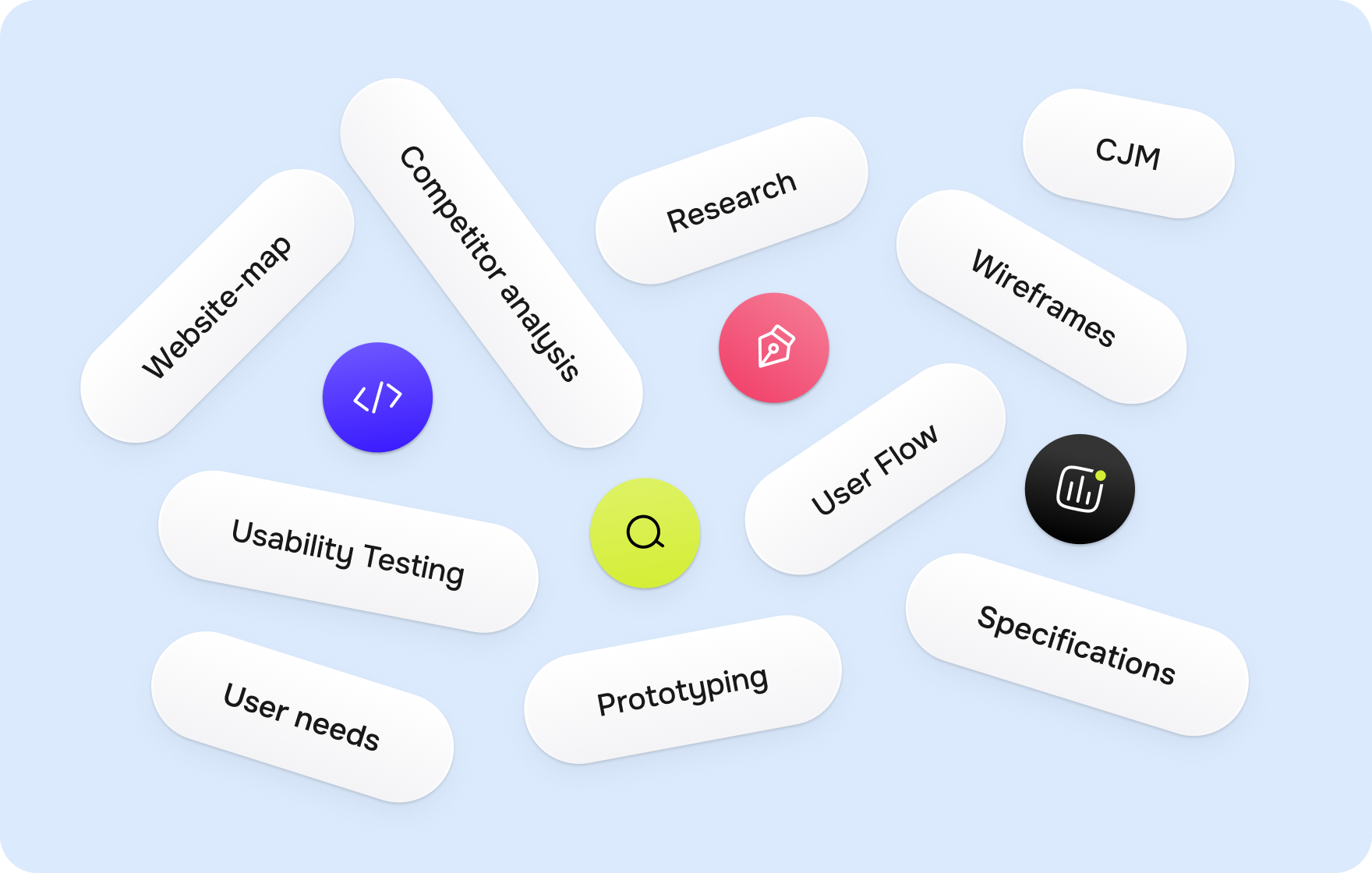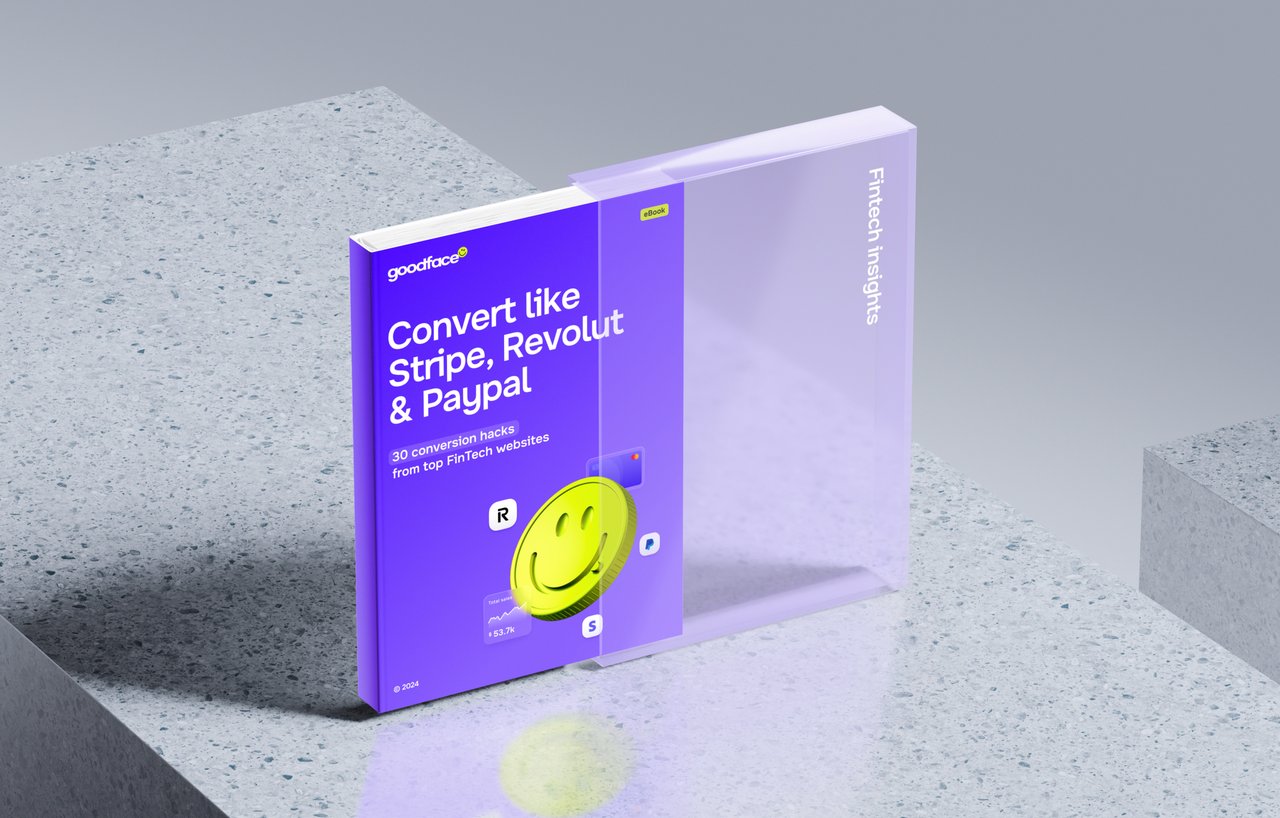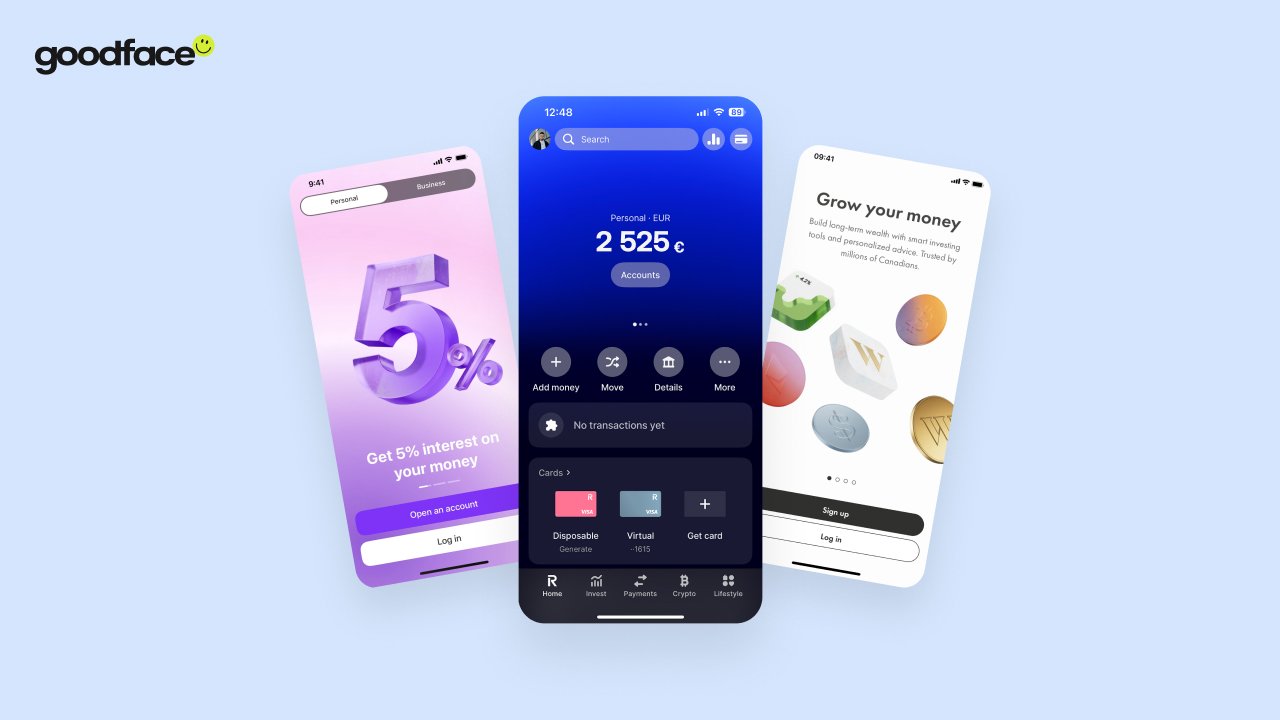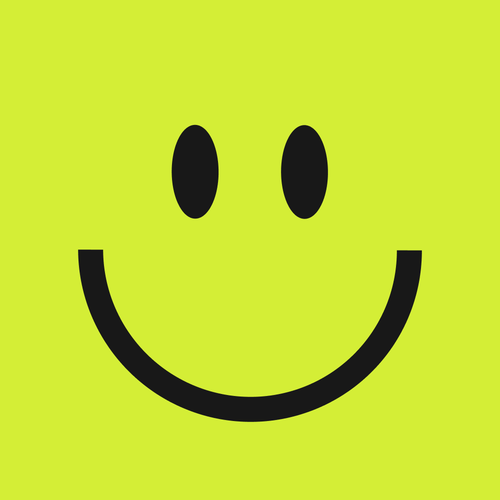Discovery Phase in Product Development: How to reduce risks and save money

Creating a new product can be daunting as it involves mapping out each phase and establishing a strong foundation. This article outlines our approach to initiating and advancing project development, starting with the critical Discovery stage.
Discovery phase: exploring the fundamentals
Discovery is one of the first, but at the same time one of the most important stages in the project. It sets the stage for everything that follows in a project — it's like laying the foundation for a house.
At this stage, we look at the project from three key perspectives: Business Analysis, Design and Development, defining the business goals, user needs, and functional requirements, and also developing specifications.

So, we write documentation and describe the project to know what and how we’ll do during the development stage.
The goal is to clarify and document all project details to ensure clear understanding and alignment with the client's vision.
During the discovery stage, we thoroughly explore five critical questions:
1. What major challenges is this product addressing?
Through thorough business analysis and UX research, we delve deeply into understanding our target audience. It's crucial to know exactly who we're designing for. Even if a client understands their audience, we step in to select the right visual elements, schemes, and strategies to meet user needs, thanks to our deep dive into user experience.
2. What are the user pain points, and how can our product alleviate them?
Different audiences have different motives. Business-focused products often go for a more flat model, while creative ones can afford to be bolder and more expressive. We collect insights to understand user expectations and tailor the product's functionality to these needs. This approach is a core component of Goodface's product mindset.
3. What will the business solution include?
By understanding our audience's needs, we can pinpoint the appropriate features to include. Here we could help to shape everything that follows: the features that should be included, how they'll function, the product monetization strategy, and how we'll meet our audience's needs.
4. What will the product look like?
Our UX research provides a clear understanding of user expectations through user flows, customer journey maps, and interviews. User stories offer insights into how the product is perceived from the users' perspective. Wireframes serve as the structural blueprint of the project and offer a glimpse into the product's design.
5. Which tech stack will we use, and how will we plan it effectively?
We explore the client's technological expectations in detail. Whether a client needs basic features for a quick MVP launch due to budget or time constraints or is seeking advanced technology to stay ahead of the competition, we make strategic choices in programming languages, technologies, and servers, and plan to meet these goals.
From the Discovery stage, we achieve:

The value of the discovery phase
The product development process often appears to be solely about the design and development stages. Yet, this view overlooks the critical foundation provided by the Discovery phase, which offers a full perspective of the upcoming project. This phase greatly minimizes risks and helps avoid potential pitfalls like delays, missteps, and critical errors that could compromise the project.
Discovery is all about understanding and planning. The client can come with a request for some features and budget. We help to understand if this is efficient and calculate the cost of the needed features. If it doesn’t align with the client’s opportunities we can plan what should be included in the main scope, and what can be postponed for later.
With Discovery, you sidestep a heap of unnecessary design re-dos or heading down the wrong development path (like spending six months on a feature you don't need because the tech stack was off from the jump).
Mastering the Discovery stage serves as a protective measure for both the design and development teams and the client. It is crucial for thoroughly mapping out the project, understanding its complexities, and most importantly, avoiding potential issues.
Advantages of completing the discovery phase:

Summary
The discovery phase is a fundamental part of any software project. It's a critical process that involves experts from various disciplines including business analysis, design, and development. We advise you not to skip it; it’ll save a lot of money and time.
Did you find these insights useful?
There's plenty more where that came from. Dive into the full version on Goodface's website.
Інші статті автора
Всі статті автора




